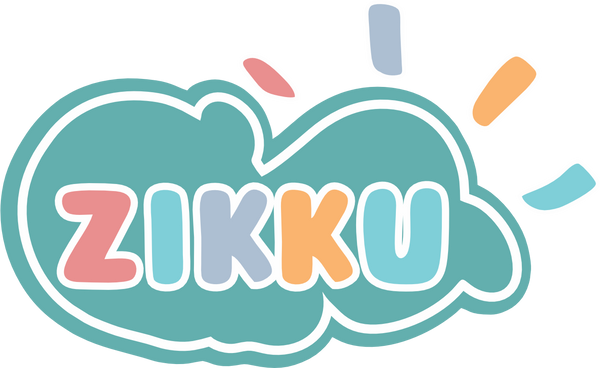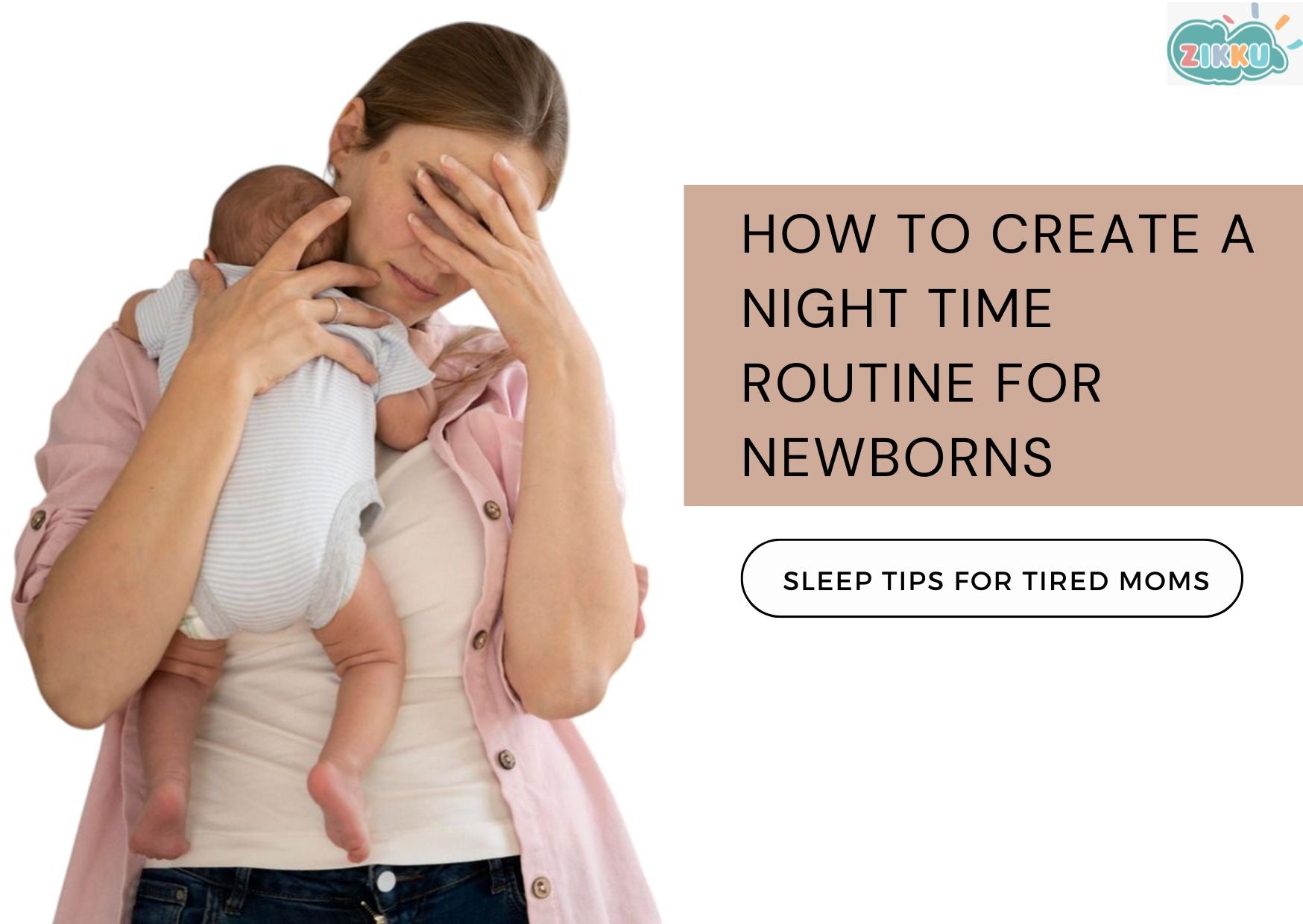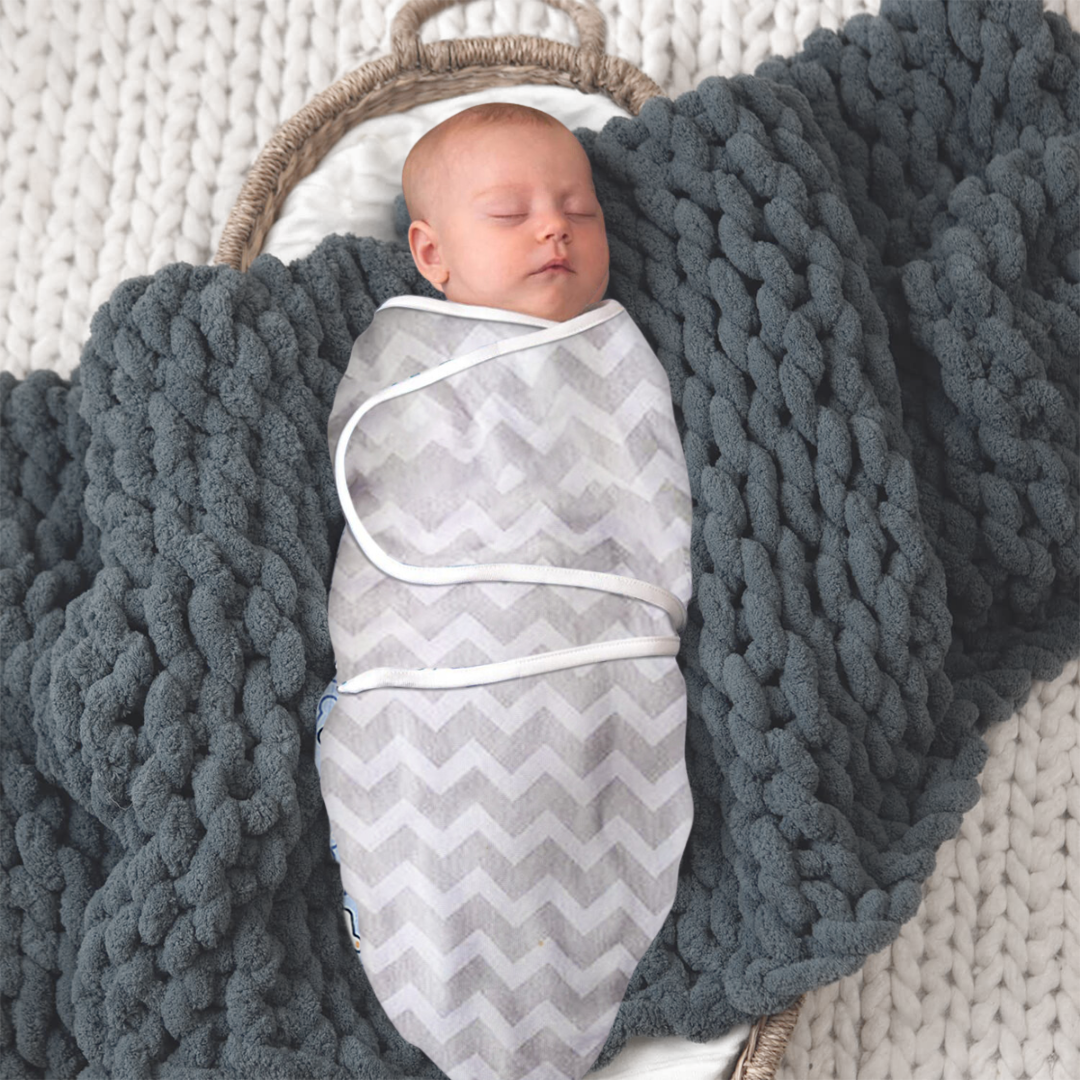How to Clean Your Baby's Tongue and Gums Daily: A Complete Parent's Guide
- by ["Dr. Priyanka Mehta"]

Have you ever noticed your baby's tongue and wondered what it's telling you? A healthy baby's tongue is typically light to dark pink and may have a thin white coating from milk residue. Cleaning your baby's tongue and gums daily is one of the most important oral hygiene habits you can establish.
As a new parent, many questions flood your mind. Is my baby's tongue normal? Should I be cleaning it? What does that white coating mean? Don't worry – I'm here to answer every single question about your baby's tongue care.
Why Your Baby's Tongue Needs Daily Cleaning
Your baby's mouth is incredibly delicate and vulnerable. Even before your little one's first tooth appears, bacteria, milk residue, and food particles can accumulate on their tongue and gums. This buildup doesn't just affect fresh breath – it can lead to infections, oral thrush, and even impact how your baby's first teeth develop.
Think about it this way: you wouldn't skip brushing your teeth just because you can't see the plaque, right? The same logic applies to your baby. Their mouth needs gentle, consistent care from day one. A clean tongue means a healthier mouth, better digestion, and one less thing to worry about on those sleepless nights.
Most parents don't realize that the tongue is actually a window into your baby's overall health. What you see on your baby's tongue – the color, texture, and coating – can tell you a lot about what's happening inside their little body.
What Does Your Baby's Tongue Tell You?
Your baby's tongue speaks volumes about their health. Understanding what's normal and what's not will help you catch potential problems early and keep your pediatrician visits focused.
A healthy baby's tongue should be:
- Bright pink in color (not pale or too dark)
- Smooth or slightly bumpy (those bumps are normal taste buds!)
- Free of white patches or excessive coating
- Moist but not overly wet or dry
- Able to move freely in all directions
White coating on baby's tongue – what does it mean?
One of the most common questions parents ask is about the white coating on their baby's tongue. Not all white coating is bad. If your baby has just finished drinking milk, a light white residue is completely normal and it will wipe away easily with a clean, damp cloth.
However, if the white coating doesn't wipe away, looks thick or creamy, and persists even after cleaning, it could be thrush (a yeast infection). Thrush is common in newborns and develops when the balance of bacteria in the mouth is disrupted. It's not dangerous if treated promptly, and your pediatrician can prescribe antifungal medication to clear it up.
Other things you might notice on your baby's tongue:
- Red tongue – Can indicate fever, teething discomfort, or a minor infection. Monitor your baby's temperature and call your pediatrician if other symptoms appear.
- Tongue-tie – Some babies are born with a condition where the tissue under the tongue is too short, restricting movement. This can affect feeding and speech development. Your doctor will check for this.
- Bumps or sores – Minor mouth sores are rare but can happen. If they persist beyond a few days or your baby refuses to eat, seek medical advice.
- Pale tongue – Can sometimes indicate anemia or other health concerns. Definitely worth mentioning to your pediatrician at the next visit.
When Should You Start Cleaning Your Baby's Tongue?
Start from day one. Yes, even newborns need tongue and gum cleaning. You don't need to wait for teeth to appear. In fact, establishing this habit early makes it easier for your baby to accept oral care as they grow.
For newborns, you can clean their mouth 1-2 times daily. As your baby gets older and starts eating solid foods, increase cleaning to 2-3 times daily. This is especially important after meals and before bedtime.
Step-by-Step Guide to Clean Your Baby's Tongue and Gums
What You'll Need
Getting started is simple. You probably already have everything at home:
- Clean, soft cloth or gauze pad
- Warm water – Boil and cool water for younger newborns
- Your clean finger – Your touch is the gentlest tool
- Patience and a calm environment
Pro tip: Many parents use Zikku's Infant Tongue Cleaner for more effective and hygienic cleaning. These specially designed tongue cleaners are soft, safe, and perfect for reaching all areas of your baby's mouth without any hassle.
The Cleaning Process (Day by Day)
Step 1: Prepare yourself
Wash your hands thoroughly with soap and warm water. Your hygiene matters because you're putting your fingers in your baby's mouth. Make sure your fingernails are trimmed short and smooth to avoid any accidental scratches.
Step 2: Choose the right time
Pick a time when your baby is calm and fed – never try to clean a hungry or fussy baby. Early morning after the first feeding or before bedtime works well for most families. Create a routine so your baby knows what to expect.
Step 3: Position your baby
Hold your baby securely in your lap or on a changing table. Make sure you have good lighting so you can see inside their mouth clearly. Some parents find it easier to cradle their baby in one arm while using the other hand to gently clean.
Step 4: Open baby's mouth gently
- Gently pressing your thumb on your baby's lower lip and sliding it down slightly to open the mouth
- Allowing your baby's natural curiosity to do the work – many babies will open their mouth if you bring your clean finger close
- Using a soft toy or pacifier to encourage mouth opening (though you'll need to work around it)
Step 5: Clean the tongue
Wrap your clean, damp cloth around your index finger or use the Zikku Infant Tongue Cleaner. Gently wipe your baby's tongue from the back toward the front in one smooth motion. Repeat this 2-3 times. The back of the tongue is where most bacteria accumulate, so don't be gentle there – use moderate but careful pressure.
Step 6: Clean the gums
After the tongue, gently rub your baby's gums all around – front, back, and sides. Pay special attention to where the teeth will eventually come in. This massage actually helps prepare their gums for teething and feels soothing to many babies.
Step 7: Clean the roof and sides
Don't forget the roof of the mouth and the inside of the cheeks. These areas trap milk and food particles too.
Step 8: Finish with a rinse
Use a fresh, damp cloth to do a final gentle wipe. This removes any remaining residue and leaves your baby's mouth fresh and clean.
How often should you do this?
- Newborns (0-6 months): 1-2 times daily
- Babies starting solids (6+ months): 2-3 times daily, especially after meals
- Older babies (9+ months): 2-3 times daily, before bed is essential
Common Questions Parents Ask About Baby's Tongue
Q. My baby cries when I try to clean their mouth. Is this normal?
Absolutely! This is one of the most common concerns parents have. Your baby is experiencing a new sensation, and their mouth is sensitive. Crying doesn't mean you're hurting them – it just means they're not used to it yet. Stay calm, work quickly, and be gentle. Most babies adjust within a week or two. If you remain patient and make it part of their routine, they'll actually start to enjoy this bonding time.
Q. I'm worried about hurting my baby. How hard should I press?
Baby gums are much tougher than you think. They're designed to handle the pressure of teething toys and fingers. Use firm but gentle pressure – imagine the pressure you'd use to wash a delicate fruit. You shouldn't see any redness or bleeding. If you're worried, practice on your own gum first to get a feel for the right pressure.
Q. Is cleaning really necessary if my baby only drinks milk?
Yes! Even though milk is nutritious, it leaves residue in the mouth that bacteria love. Milk proteins combined with the warm, moist environment of your baby's mouth create the perfect breeding ground for oral infections. Regular cleaning prevents problems before they start.
Q. What's the difference between milk residue and thrush?
This is a question that keeps many parents up at night. Here's how to tell:
- Milk residue – Wipes away easily with a damp cloth, appears after feeding, disappears within a few minutes
- Thrush – Doesn't wipe away (or only partially), appears as thick white patches, persists throughout the day, may have a cottage cheese-like texture, and your baby might refuse feeds or seem uncomfortable
If you suspect thrush, don't panic. Call your pediatrician, and they'll prescribe treatment. It's very treatable and completely manageable.
Q. Should I use special toothpaste or mouthwash?
No! For babies under 6 months, plain warm water is all you need. After 6 months, you can introduce a tiny smear of fluoride toothpaste (no more than a grain of rice size). Avoid mouthwash and special products – they're not necessary and can sometimes irritate your baby's delicate mouth.
Q. Why does my baby's tongue sometimes look fuzzy?
If your baby's tongue looks fuzzy or has a rough texture, it's likely just their natural taste buds, which are completely normal. Babies have more active taste buds than adults, and they're visible on the tongue surface. This isn't a sign of anything wrong – it's perfectly healthy.
Q. Can I use regular wipes to clean my baby's mouth?
Regular baby wipes are safe for external areas, but for inside the mouth, stick with soft gauze, a clean soft cloth, or specifically designed tongue cleaners like Zikku's Infant Tongue Cleaner. These are gentler and more hygienic for oral care. They're specifically designed for this delicate task.
Real Health Benefits You'll Notice
When you establish a consistent tongue and gum cleaning routine, your baby will experience several positive changes:
- Better breath and oral hygiene – Your baby's breath will be fresher, and you'll notice less buildup on their tongue. This simple habit prevents most common oral issues before they develop.
- Healthier gums – Clean gums stay pink and firm. You'll notice they look healthier, and your baby will be less prone to gum infections or irritation.
- Smoother teething transition – Because you're massaging their gums regularly, the teething process becomes smoother. Your baby's gums will be accustomed to the sensation, making it easier when teeth start to push through.
- Prevention of infections – Thrush and other oral infections are largely preventable with good hygiene. You're building a strong defense against common baby mouth problems.
- Bonding time – This daily ritual becomes a special moment between you and your baby. Many parents find that their babies actually look forward to this gentle routine. It's calming for both of you.
- Building lifelong habits – You're teaching your baby that oral care is important and normal. This foundation makes brushing teeth much easier when they're older.
Red Flags: When to Call Your Pediatrician
While most tongue and gum concerns are minor, some situations need professional attention:
- White patches that won't wipe away – Could indicate thrush
- Unusual swelling or redness – May signal infection
- Persistent bad breath despite regular cleaning – Could indicate an underlying issue
- Bleeding gums – Not normal and needs evaluation
- Tongue appears very pale or unusually dark – May indicate health concerns
- Sores or lesions that last more than a few days – Need medical evaluation
- Your baby refuses to feed or seems in pain – Always get this checked out
- Signs of fever combined with mouth symptoms – Seek medical attention
Trust your instincts. If something feels off, it's always better to call your pediatrician. They've heard every concern and won't think you're overreacting.
Creating a Consistent Routine
Consistency is key to success. Here's how to build a routine your baby will accept:
- Morning routine: After the first feeding is the ideal time. Your baby is fed, calm, and starting their day fresh. A quick 1-2 minute cleaning sets a positive tone.
- Evening routine: Before bedtime is perfect for establishing habits. A clean mouth before sleep means better rest and reduced risk of overnight bacterial growth. Make it part of your bedtime ritual.
- After meals (for older babies): Once your baby starts solids, a quick wipe after eating prevents food particles from accumulating.
- Stay patient: It might feel awkward at first, but within a week or two, your baby will adjust. Some babies even start enjoying this bonding moment. Your calm, confident approach will make all the difference.
Final Thoughts From Parents Who Care
At Zikku, we understand that every decision you make for your baby feels monumental. You want to do everything right, and you worry about the small details because you love your baby so much. The truth is, establishing a daily tongue and gum cleaning routine is one of the simplest yet most powerful things you can do for your baby's oral health.
Your baby's healthy smile starts with the habits you build today. Every gentle cleaning session is an investment in their future health and wellness. From preventing infections to building lifelong dental hygiene habits, this daily ritual matters more than you might think.
Remember, you're not alone in this journey. Millions of parents are figuring this out too, making small mistakes, learning along the way, and doing their absolute best.
When your baby flashes their first toothy grin months from now, you'll know that your dedication to their oral care made a difference. And that smile – that beautiful, healthy smile – will be worth every gentle cleaning session.








